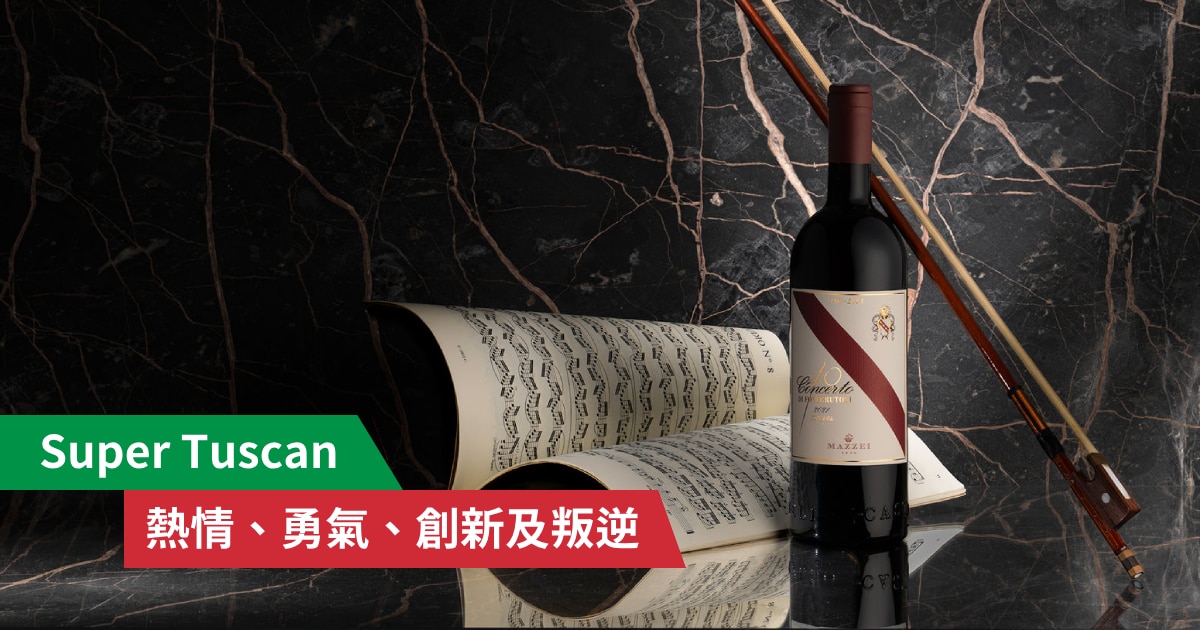As a Whisky beginner, do you want to understand the Whisky labels or Whisky tasting terms? Here we introduce 5 common Whisky terms that will be helpful for you to learn more about Whisky!
Whisky Term 1: Age Statement
An Age Statement is another piece of information commonly shown on Whisky labels. Since the characters and flavours of Whisky will change easily with aging, to ensure consistent quality of the production, distilleries often blend different barrels and vintages to create the final product. The blending can also allow the whisky to have a style and personality that reflect the brand. The Age Statement on the label is the age of the youngest Whisky used in the blend. For example, if a Whisky is labelled 20YO, the youngest Whisky in its blend is naturally 20 years old, but some older whiskies, like 25-year-old and 30-year-old, may have been added to the blend too.

Although the legal minimum age of Whisky is 3 years, many Whisky distilleries will age for 10 years, 12 years, 15 years or 18 years. The most important factor in Whisky is taste. Some taste better at 10, while others may taste better at 15. Over 18-year-old Whiskies will become very expensive, causing a great decrease in popularity in the Whisky market. Therefore, popular brands usually settled into these years are mainly because they are most productive for profit.
Whisky Term 2: Angels’ Share

Whisky lovers may be familiar with the term “Angel’s Share”. Whisky is usually aged in wooden barrels. As there’re fine pores on the barrels, some of the Whiskies inside would evaporate during the aging process. So, about 2% of the total volume of the delicious Whisky would be gone (it can be as high as 8% in some hotter regions, such as Taiwan). Some people describe it poetically as “a tax charged by angels”, also known as “Angel’s Share”.
Whisky Term 3: Peat
When tasting Whisky, people sometimes describe it to have a hint of “Peat”. What exactly is it? Peat is the accumulation of ancient organic matters/plants that could not fully decompose. It is formed after years of accumulation and compression. Due to the high availability of peat in many regions as a fuel, in the traditional distillation process of Scottish Whiskies, peat fires were commonly used to dry the malted barley and stop the malting process. During the process, the chemicals that contribute to the unique aromas of the peat will be attached to the malt and thereby giving the resulting Whiskies typical peated aromas.
It’s often said that the “Peated” aroma is similar to that of the “Seirogan”, a common over-the-counter drug in Hong Kong. It may sound “scary” to some beginners but peated Whiskies and the unique aromas are actually quite sought-after among Whisky lovers. In Scotland, Islay and Island region are particularly known for their peated Whiskies.

Whisky Term 4: Alcohol By Volume (ABV)

As required by law, “Alcohol By Volume” has to be shown on Whisky labels. “Alcohol By Volume” (ABV, abv, or alc/vol) is a standard measure of how much alcohol (ethanol) is contained in a given volume of an alcoholic beverage (expressed as a volume percentage). Most Whiskies are diluted to 40-46% ABV.
To consumers, the ABV can be an indicator of the experience you may get when tasting the whisky. Whisky has a vast range of flavours and aromas, while alcohol is a carrier of flavour compounds. The higher the strength the more intense and concentrated the flavour, and richer flavours, such as dried fruit, will come over. As the alcoholic strength reduces, various lighter flavours can show more readily, such as citrus.
Whisky Term 5: Cask Strength
In general, most whiskies will be diluted with water before bottling to lower the ABV (alcohol by volume) to around 40 to 46%. A cask strength whisky is bottled at the strength at which it’s drawn from the cask, with no water added, possessing a high ABV at around 50% to 65%. Cask strength whisky is gaining popularity in recent years and a significant upsurge of demand has been observed.
With its strong style, it is suggested to taste it with water. We may slowly dilute it with water, sometimes drop by drop, to suit our personal tastes. It will bring out the aromas of the Whisky and can allow us to experience the variation of its expressions at different ABV. Yet, we should be careful not to over-dilute it or it will take all the body out of the Whisky.




 Same Day Pick-up
Same Day Pick-up























